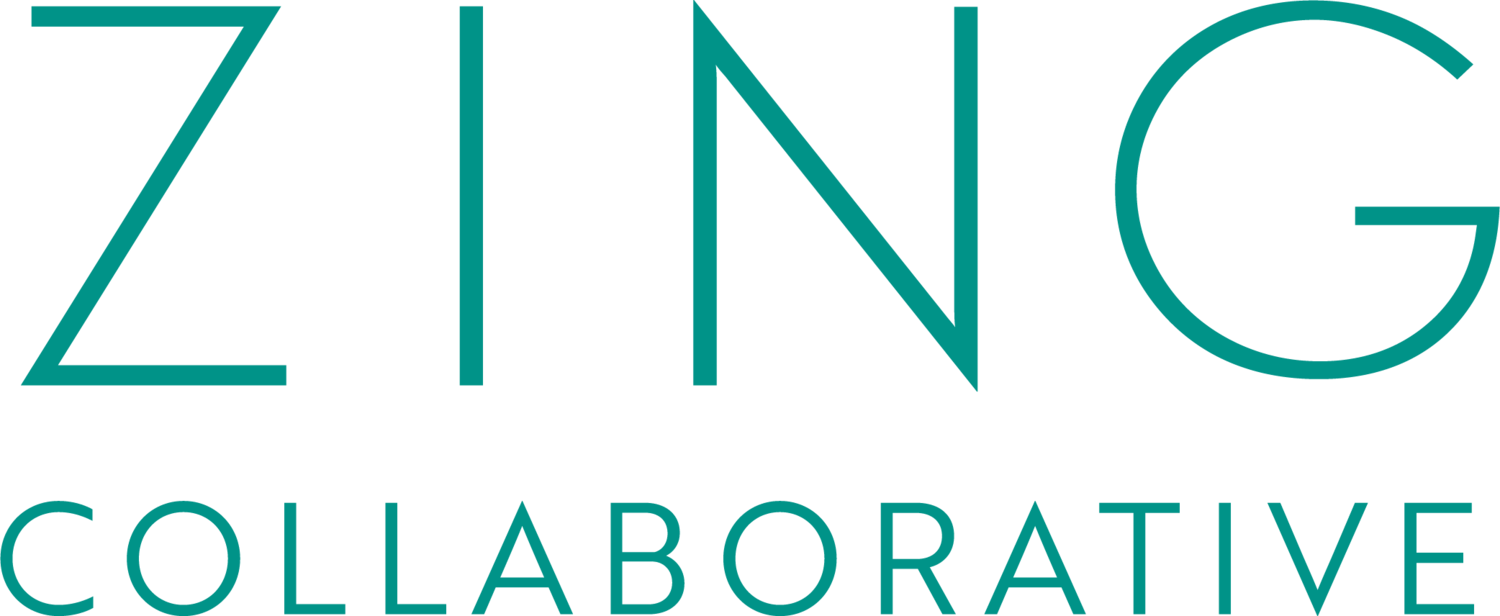EXTERNAL STRUCTURES FOR INTERNAL GOALS
Last week, in Friday Favorites, we talked about external structures for internal goals.
After tiring of drinking tap water with not-always-subtle undertones of sewage during some recent travels, we decided to invest in new water bottles that contain Brita filters within.
The bottles are big and heavy, and it really seems like they weigh 15 pounds each. Is it possible that they also contain kettlebells inside?
However, they are 32 ounces and the straw has a filter inside of it, and just like magic, the tap water no longer tasted like sewage. A win! (And, if you're feeling concerned as you read this: the tap water was indeed safe to drink; it just tasted (very) bad.)
Several experts on hydration have said that if we want to drink more water, we should get a bigger water bottle. Over here, this little hack is proving to be true: this monstrosity of a water bottle needs to be filled far less often than the regular old glass from the kitchen, and because the water now tastes better, it's easy to drink more of it.
None of this information is groundbreaking, of course. However, this little water bottle situation opens the door to a follow-up question: where else might there be an extremely simple solution to something that seems like a somewhat difficult goal?
If “buying a bigger water bottle with a filter” easily solves not only the problem of bad tasting drinking water, but also makes it easier to drink more water in general, where else in our lives might these simple solutions be lurking?
For example:
If we want to exercise first thing in the morning, could we sleep in our running shorts?
If we want to be better about sending thank you notes to team members, could we stash some stationary in our purse, bag, or desk—or even store our phone inside or on top of of our stationary box, so that we have a forced reminder each time we reach for it?
If we want to read more, could we put our kindle app on the home screen of our phone and our social media apps on the second or third screens?
If we want to switch from coffee to tea earlier in the day, could we store the coffee behind the tea?
A number of years ago, I had the pleasure of leading Purpose Workshops for The Blue Zones. One of the key ideas from the Blue Zones methodology was that we can use our external surroundings to optimize health and well-being, and that instead of relying on willpower alone, we can structure our surroundings to work with us, rather than against us.
Is there a tiny change that you could make to your external circumstances which could help with one of your internal intentions, goals, or priorities?
Here are some of the ideas that members of the Zing Collaborative community shared in response to last week’s inquiry:
Chore charts for kids: allowing kids to independently work through the chores in the chart, rather than needing to remind them. Making a chart that is visible and tactile with flip-up components for each chore that needs to be done.
Using not only a bigger water bottle, but a water bottle that is easier to use in whatever situation you’re in (for example, the straw is extra helpful when driving on a long road trip; the handle is helpful if you are currently using crutches).
Filling up four big water bottles per day, numbered 1-4, and aiming to drink all of them throughout the day.
Leaving the sit/stand workstation up at the end of the day, so that we start the following day standing, rather than sitting.
What about you? Are there any external solutions you implement that help you with habits or goals? If so, feel free to drop me a note and I’ll add your suggestions to the list.
Interested in reading more about habits? Two great books on the topic include:
Better than Before by Gretchen Rubin
Atomic Habits by James Clear, which remarkably has nearly 80,000 Amazon reviews (!)
Thanks for reading!

